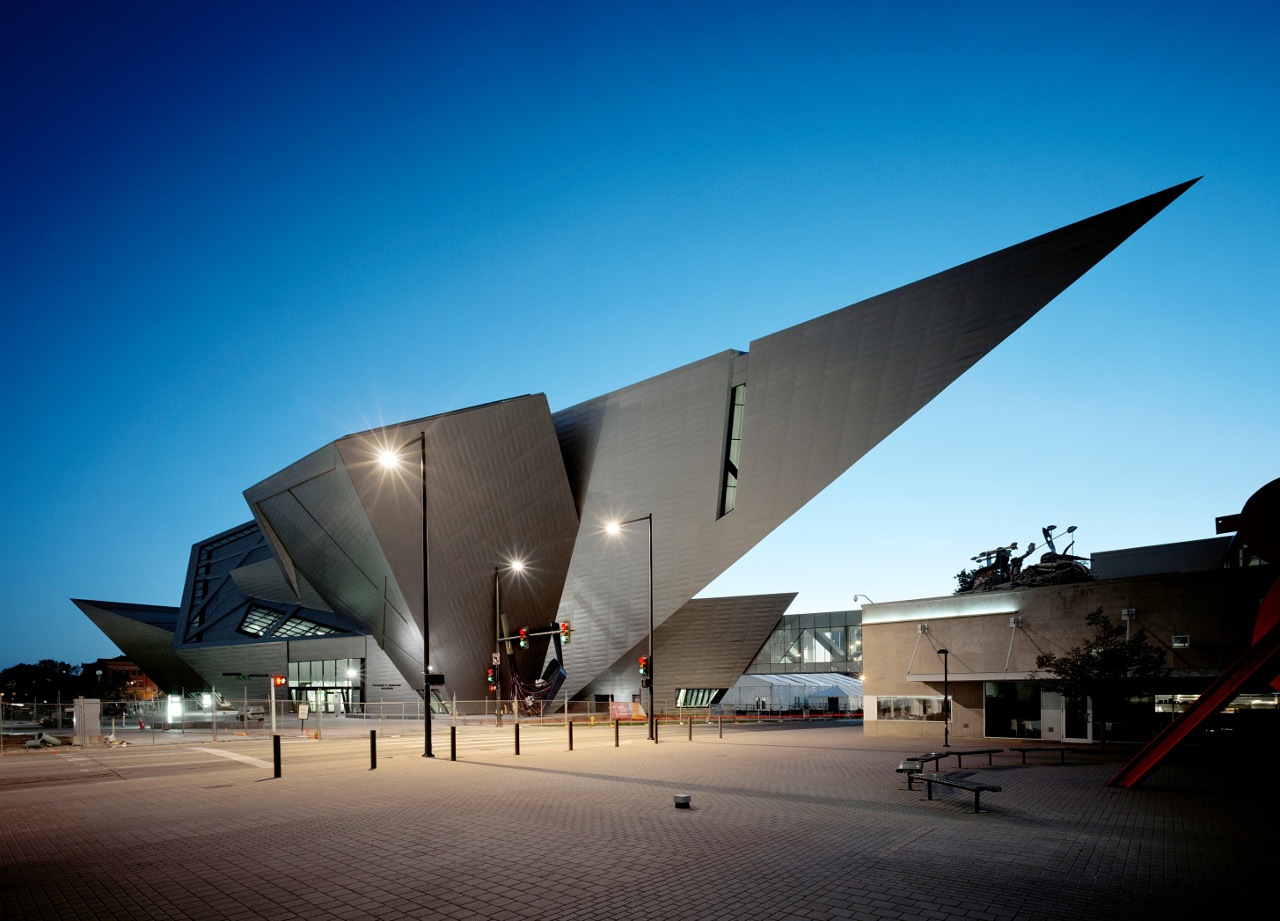- Sep 7 2016
Denver, CO
The 30 artworks in this exhibition reveal the versatility of lacquer as a medium used by Japanese artists to create containers, trays, plaques, braziers, and screens. A wide range of techniques are represented to demonstrate how lacquer was used during the last century to create objects of enduring beauty. The selected artworks reflect the changing styles and tastes of successive generations of lacquer artists who produced designs based on plants, animals, and other elements of nature.
Lacquer is the sap from a tree that grows in Japan and elsewhere in Asia. After it is purified and processed, lacquer turns into a clear, viscous liquid that becomes very strong and durable once it hardens. Various pigments are added to lacquer to give it its color. Black, red, and gold are most common. In addition, mother-of-pearl, eggshell, and precious metals are added to the glossy objects to produce stunning visual effects. Lacquer needs a foundation to support it and give it its shape. It is applied to wood, bamboo, cloth, paper, and other materials that form its body.
To demonstrate the intricacies of the lacquer-making process, the exhibition includes a specially commissioned box that holds samples of raw lacquer and the tools and materials used by lacquer artists. It shows the step-by-step techniques of lacquer making and conveys the intricacies of this uniquely Japanese art form.
Credit: Exhibition overview from museum website
Exhibition Venues & Dates
- Sep 7 2016
Denver, CO
